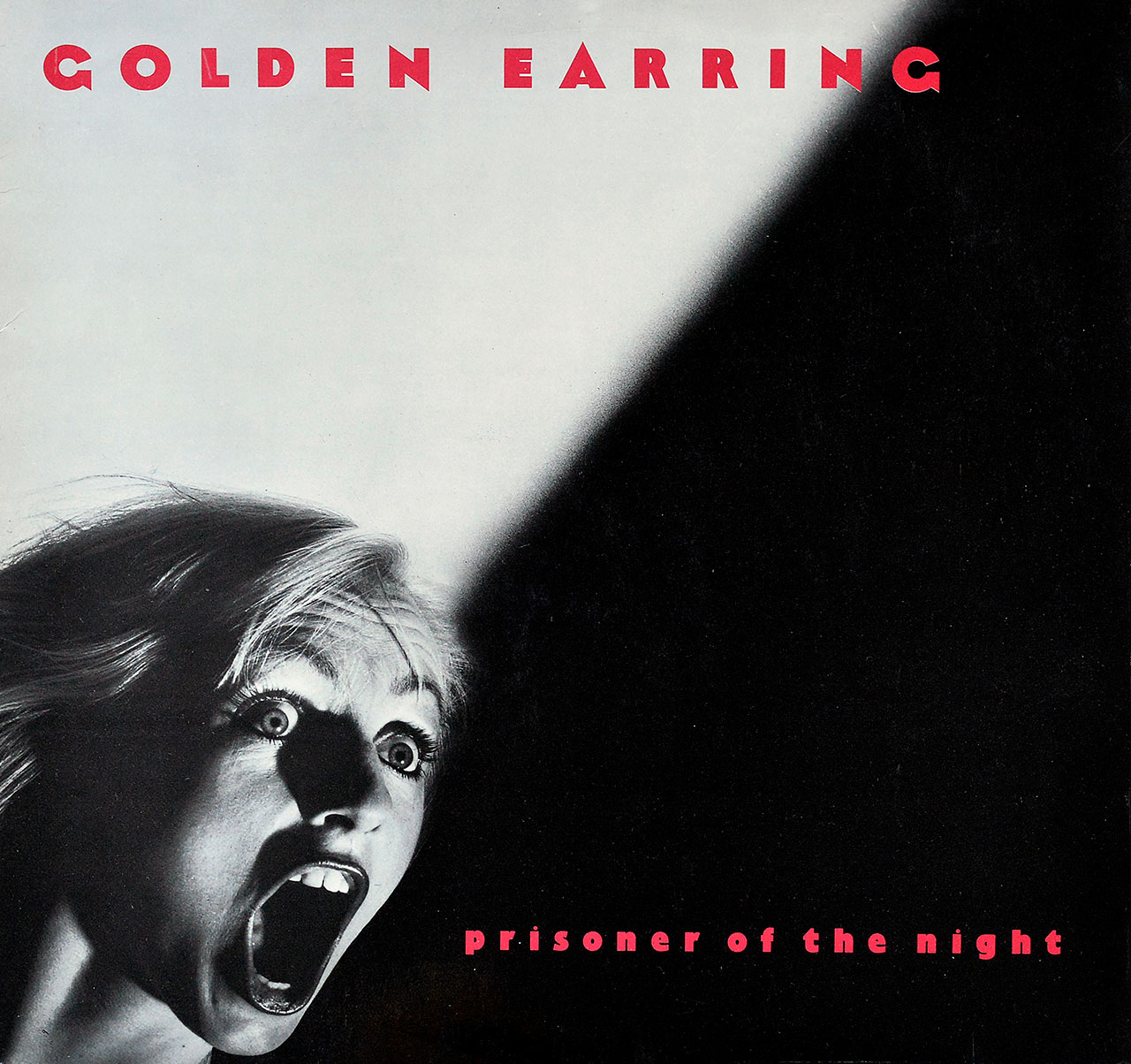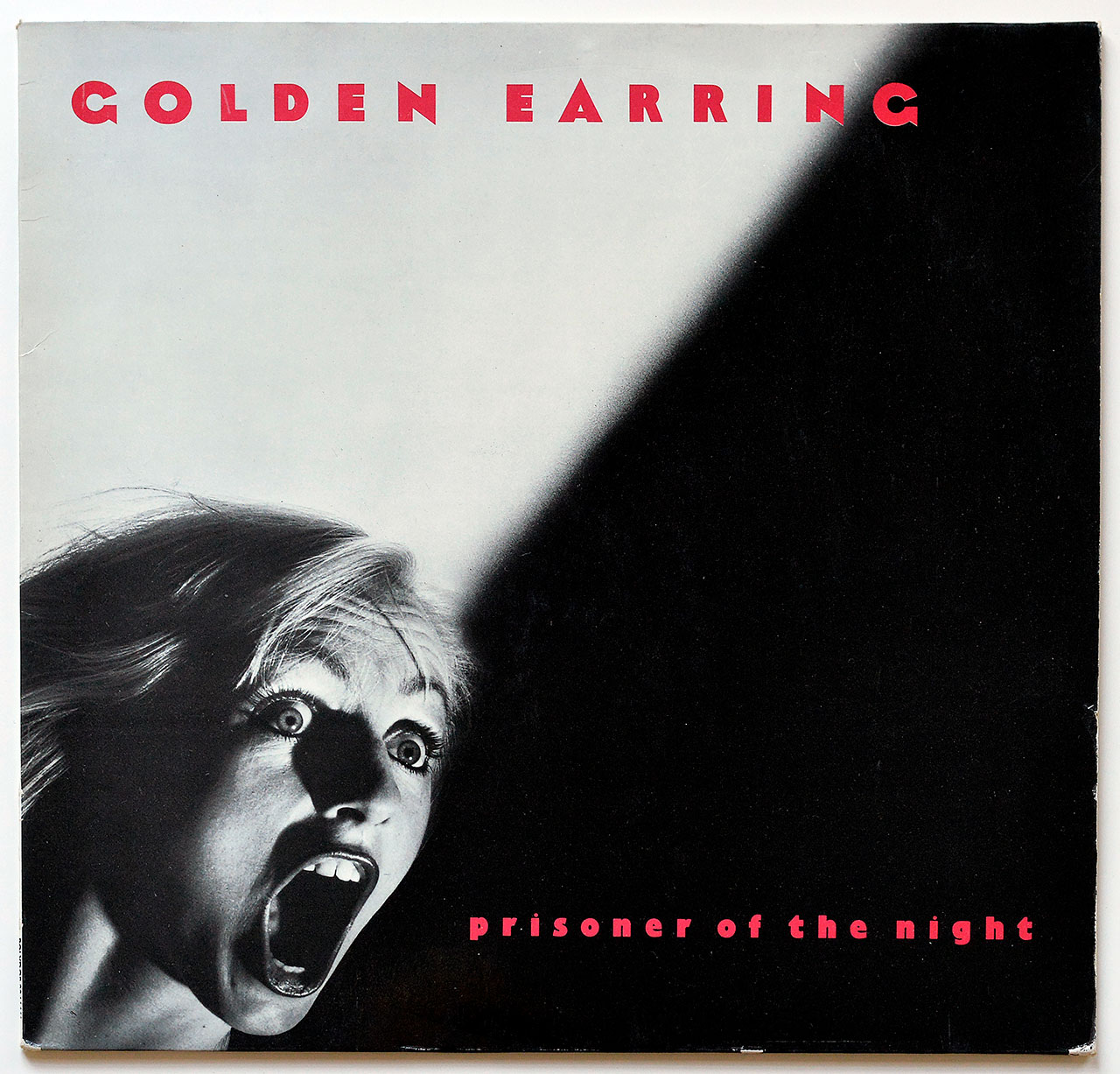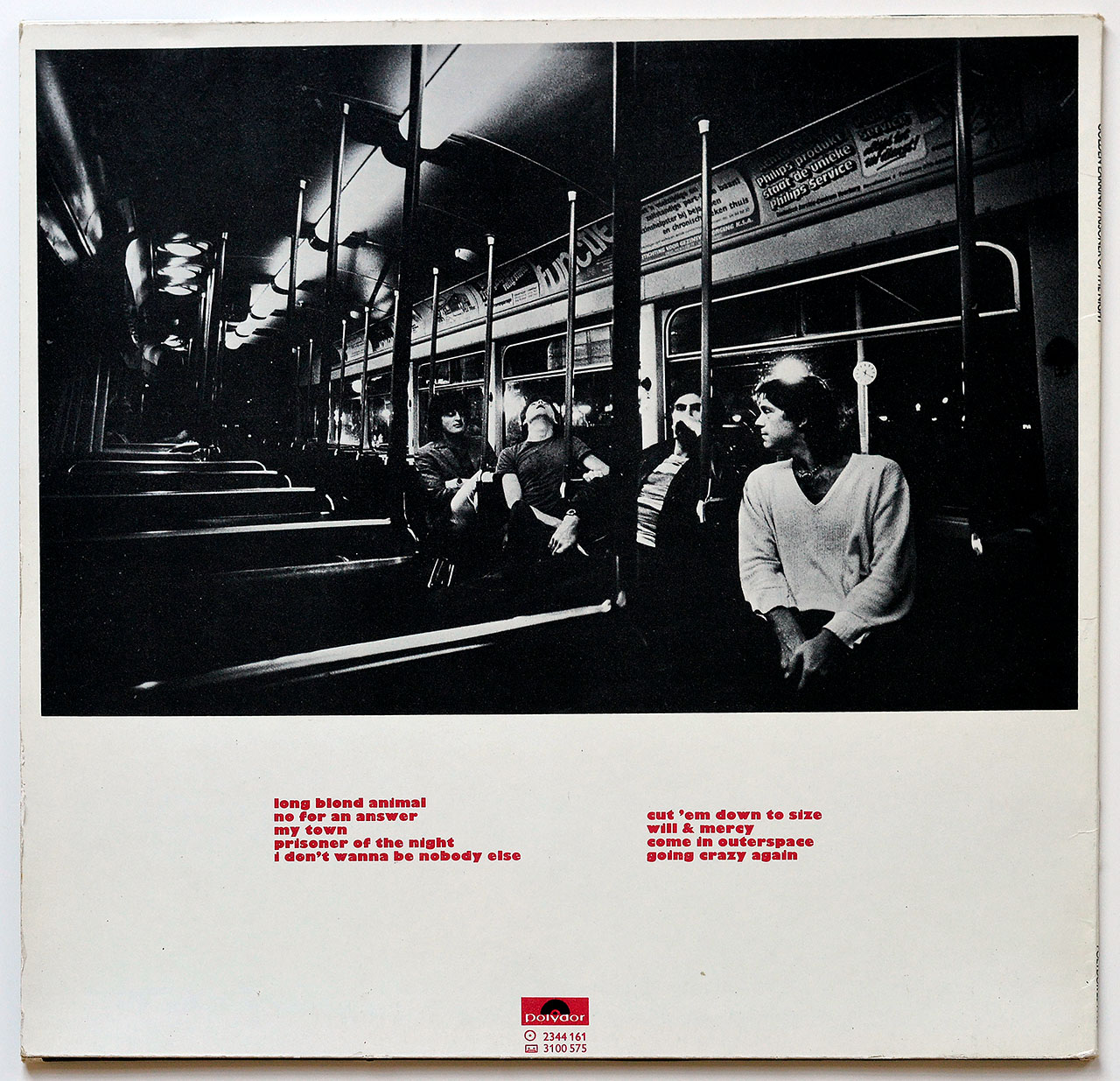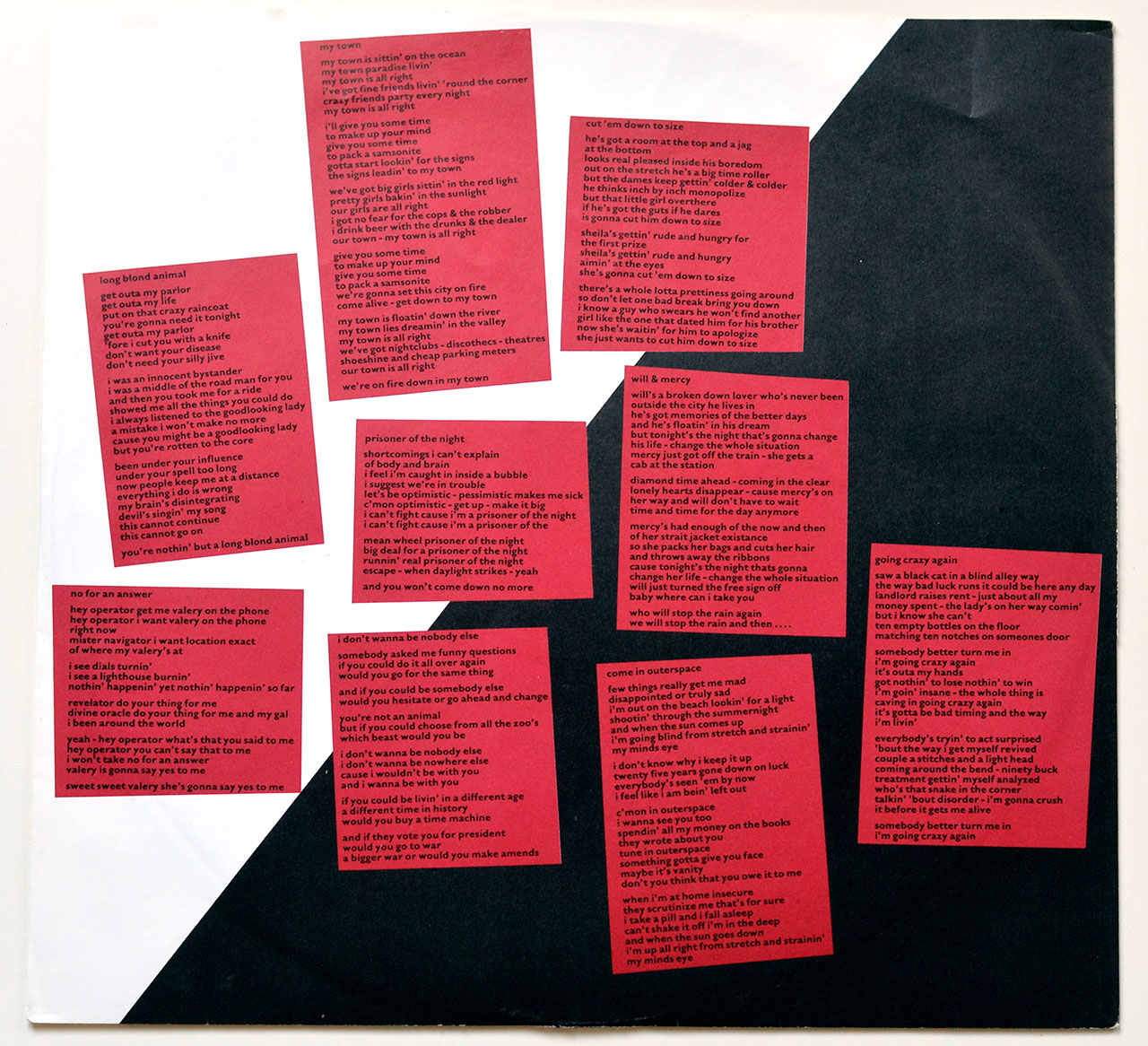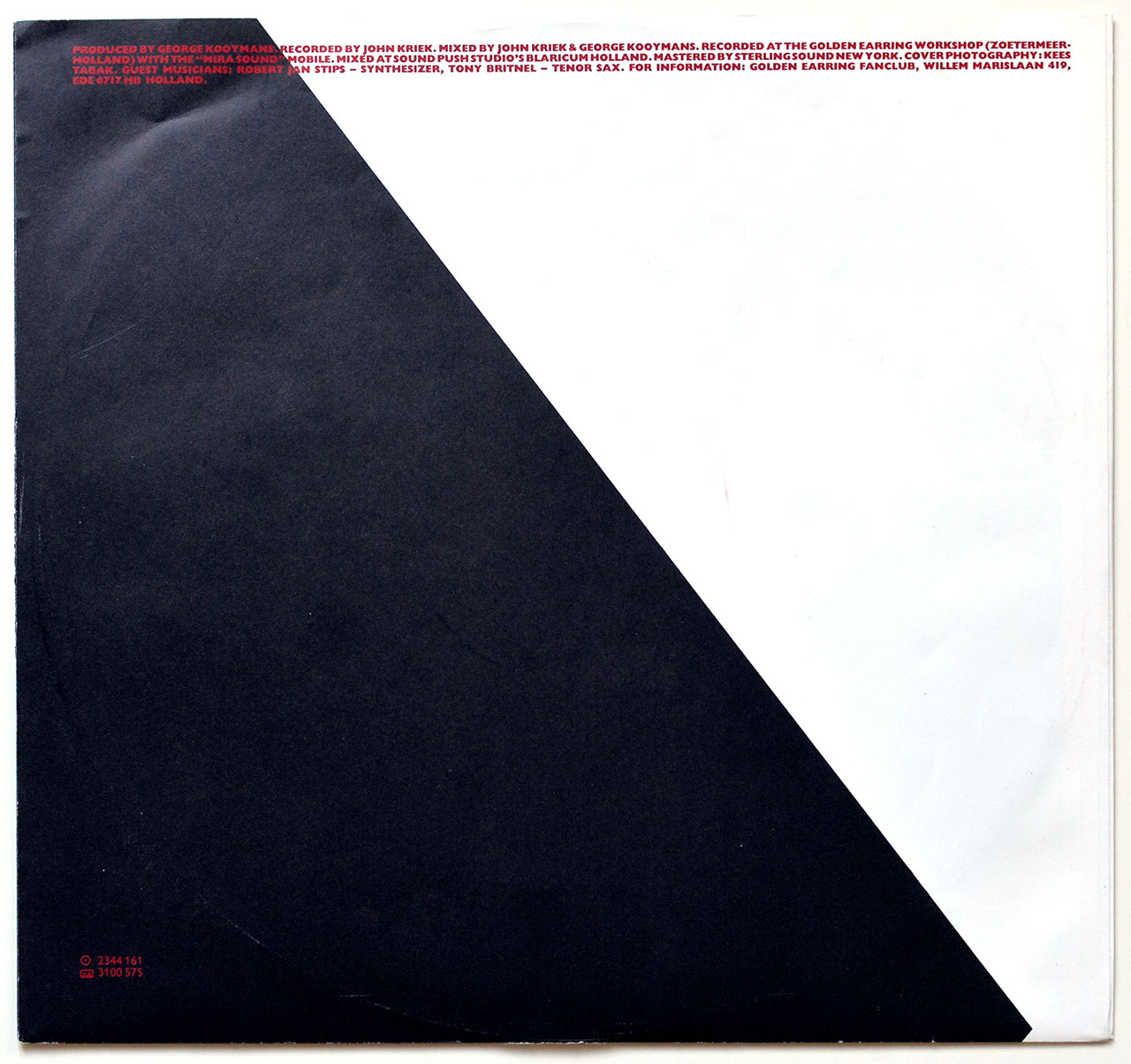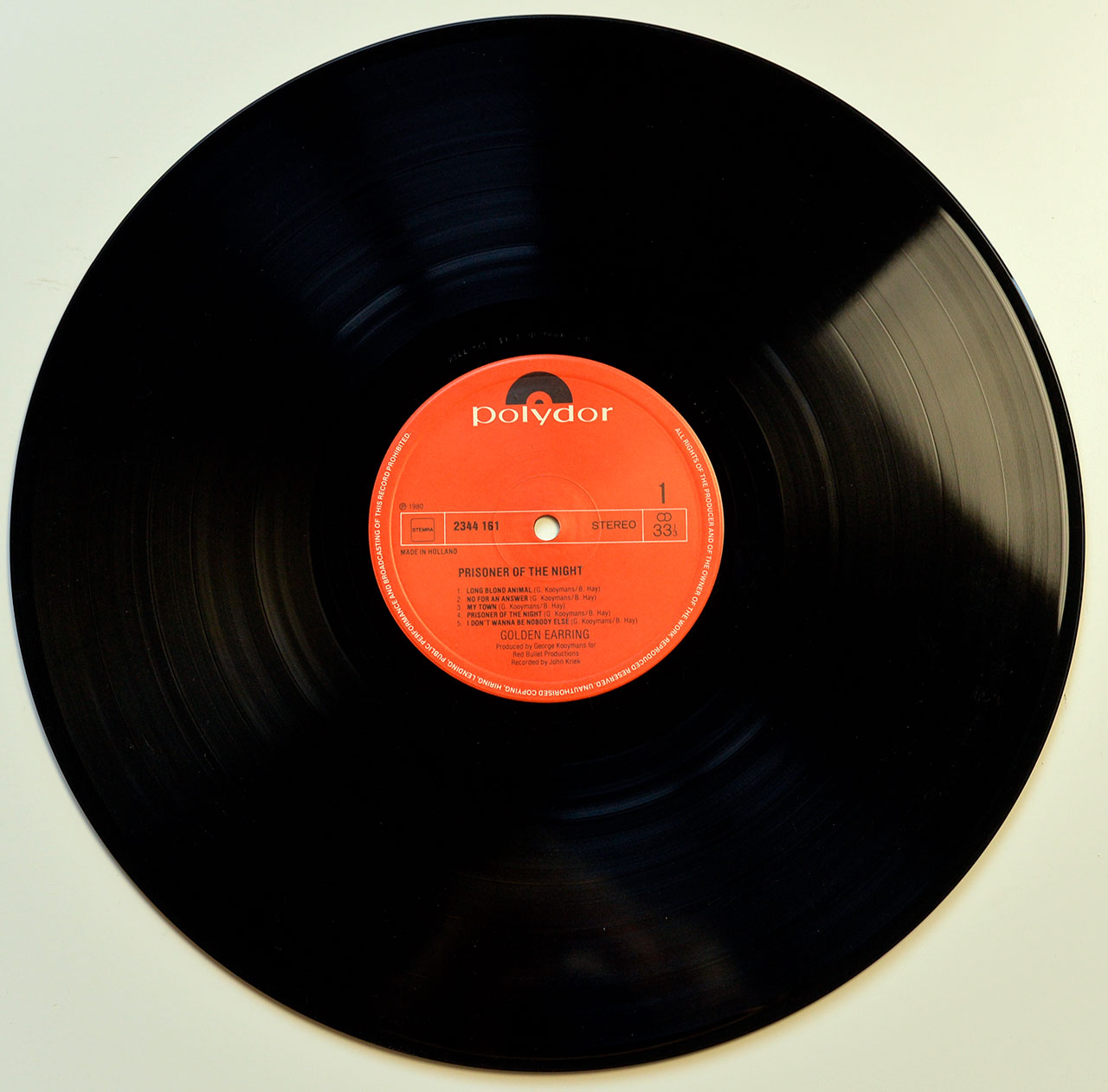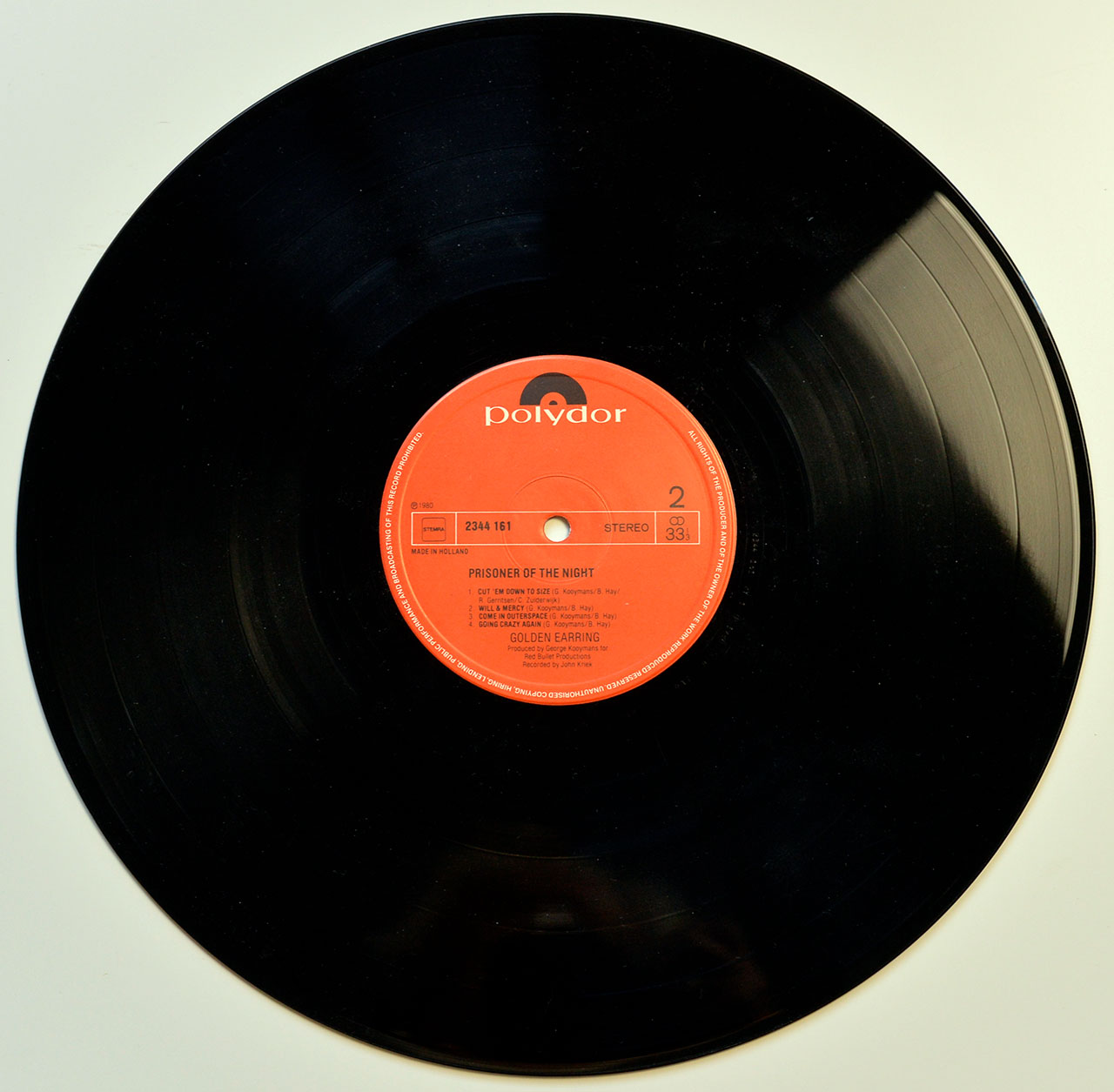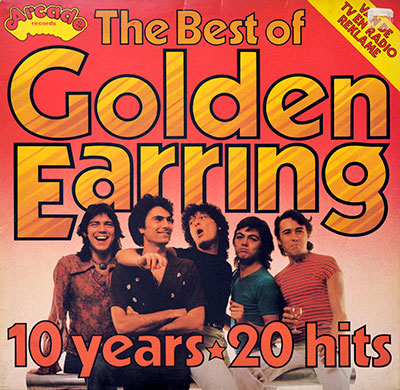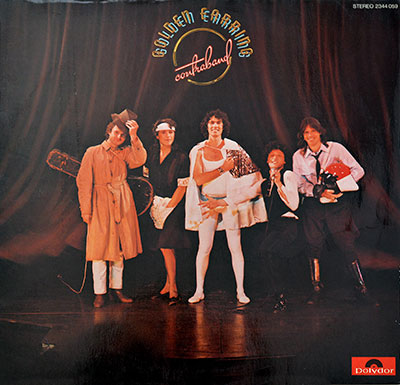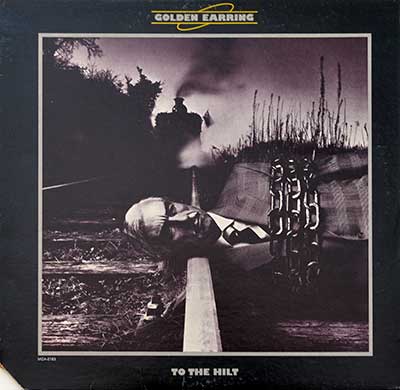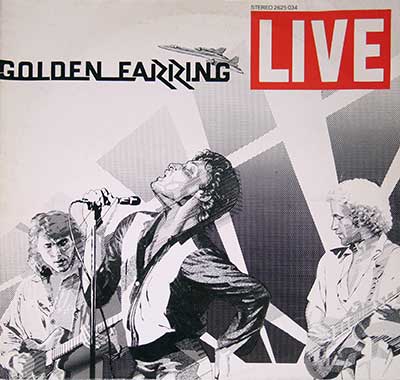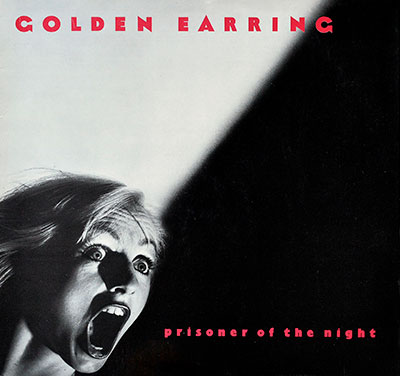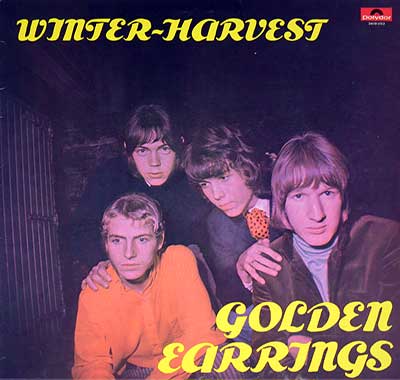"Prisoner Of The Night" Album Description:
In the vibrant tapestry of European rock history, Golden Earring stands as a formidable presence, and their 1980 release, "Prisoner Of The Night," encapsulates a distinct moment in the band's evolution. This album, known as "Long Blond Animal" in the USA, not only showcases the musical prowess of the Dutch rock band but also reflects the broader artistic and cultural landscape of the time.
The Time Period: 1980
The early 1980s marked a dynamic era for rock music, witnessing a transition from the rebellious spirit of the 1970s to the diverse sonic experiments of the upcoming decade. "Prisoner Of The Night" emerged against this backdrop, capturing the essence of the evolving musical landscape. The album's release in 1980 places it at a crossroads, blending the residual energy of the '70s with the emerging styles that would define the '80s.
Production Excellence: Crafting Sonic Landscapes
The production of "Prisoner Of The Night" is a testament to Golden Earring's commitment to sonic excellence. The album presents a polished sound, characterized by the interplay of guitars, drums, and distinctive vocals. The production quality is a reflection of the band's maturity and experience, with each track meticulously arranged to create a cohesive musical journey.
A notable highlight of the album is the participation of Robert Jan Stips as a special guest. Stips, a versatile musician and composer, adds a unique layer to Golden Earring's sound. His collaboration with the band enriches the album, contributing to its depth and complexity.
Robert Jan Stips, born 4 February 1950, is a Dutch musician and songwriter. Emerging in the 1970s, he gained prominence as a member of bands like Supersister and Golden Earring. Stips is renowned for his versatile contributions to the Dutch music scene, showcasing prowess in progressive rock and pop. His enduring impact resonates across decades, marking him as a key figure in European musical history.
Exploring the Tracks: A Musical Odyssey
"Prisoner Of The Night" features a diverse array of tracks that showcase Golden Earring's ability to traverse different musical territories. From the infectious energy of the title track to the introspective moments found in other compositions, the album invites listeners on a captivating musical odyssey.
The USA release, titled "Long Blond Animal," adds an interesting dimension to the album's narrative. Renaming an album for a specific market was not uncommon during this period, and it often played a role in shaping the reception of the music in different regions.
Production and Recording Information
This album "GOLDEN EARRING - Prisoner Of The Night" includes the original custom inner sleeve with album details, complete lyrics of all songs.
The album: "GOLDEN EARRING - Prisoner Of The Night" was produced by:
George Kooymans
Sound/Recording Engineer(s):
John Kriek
Sound Mix: John Kriek and George Kooymans
This album was recorded at:
The Golden Earring Workshop , Zoetermeer, Netherlands, with the "Mira Sound" Mobile Studio
Mixed at: Sound Push Studios, Blaricum, Netherlands.
Mastered at Sterling Sound , New York
Album cover photography:
Kees Tabak
